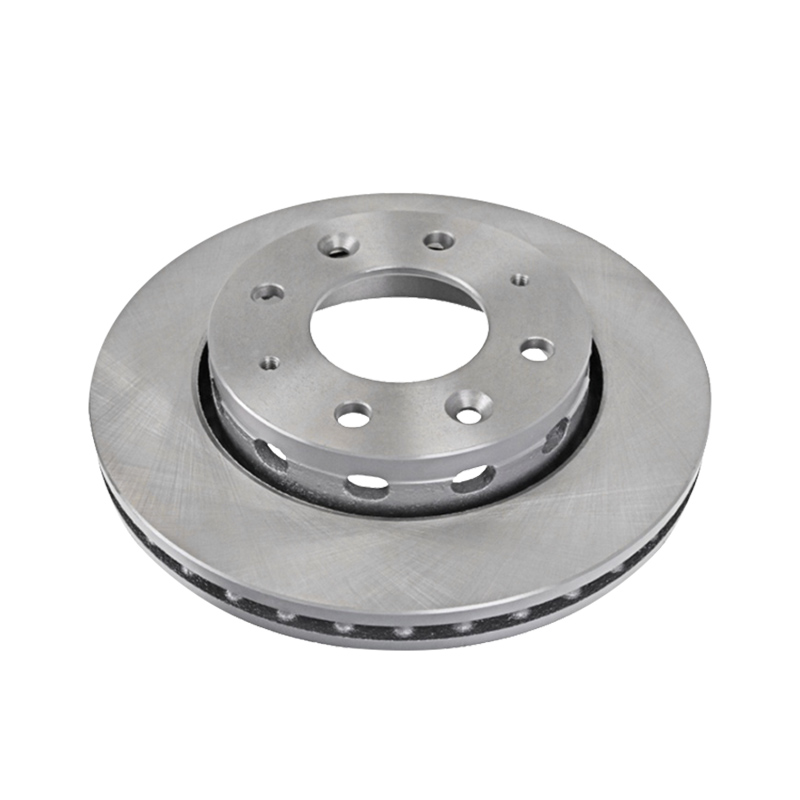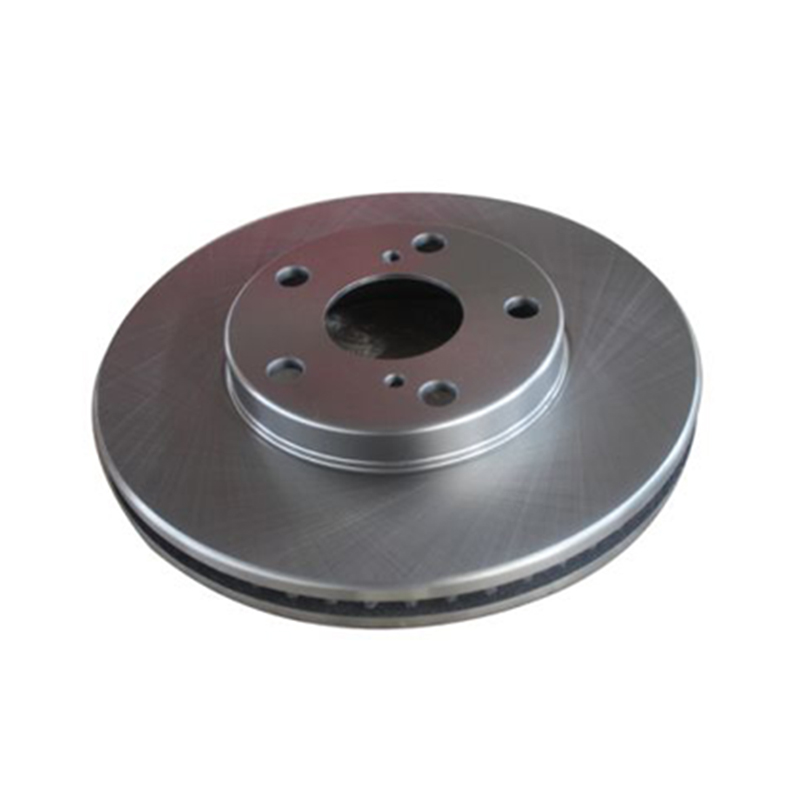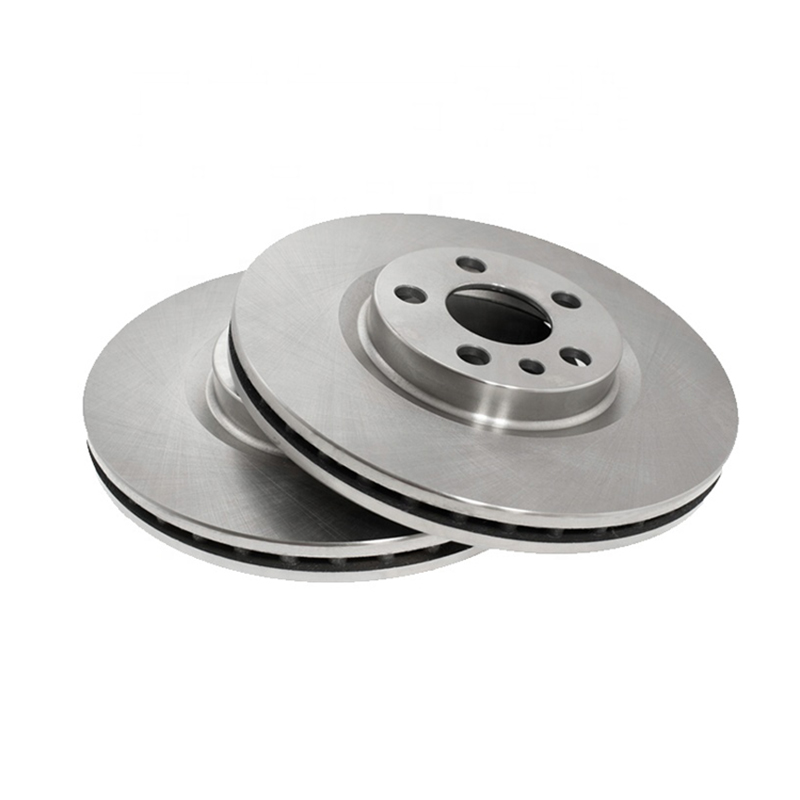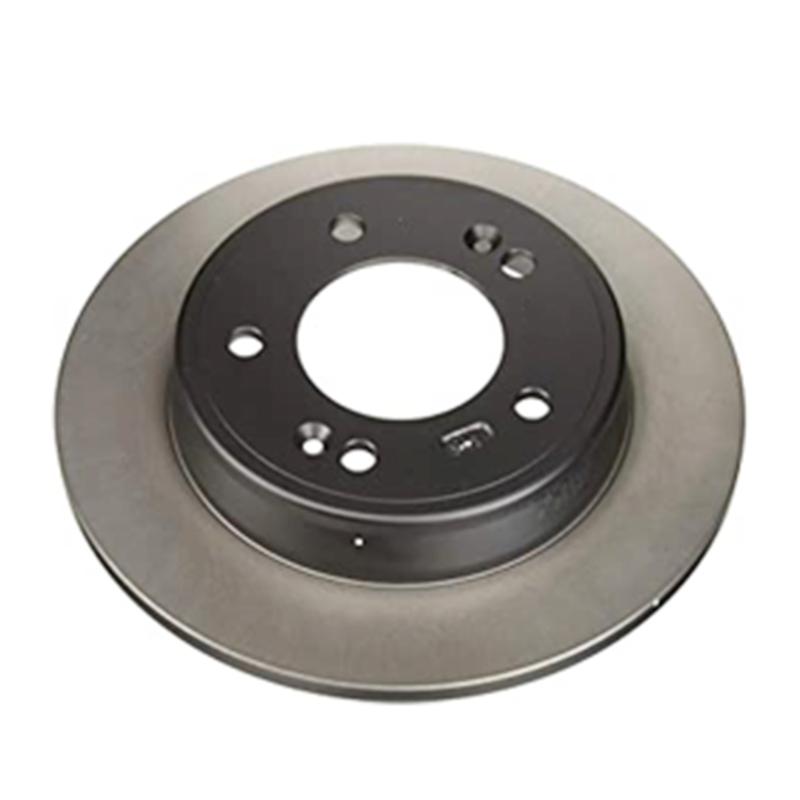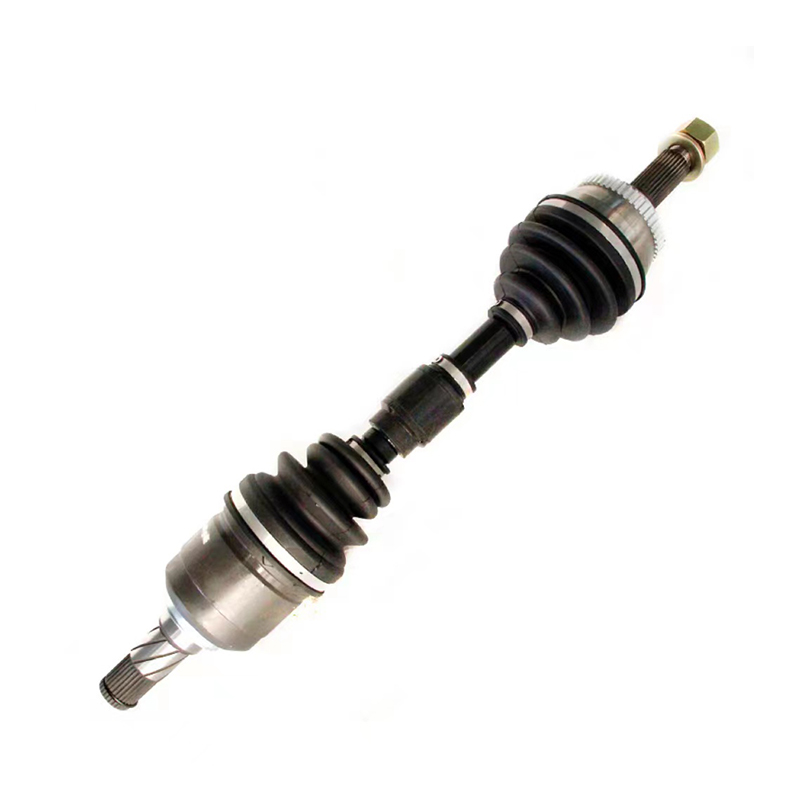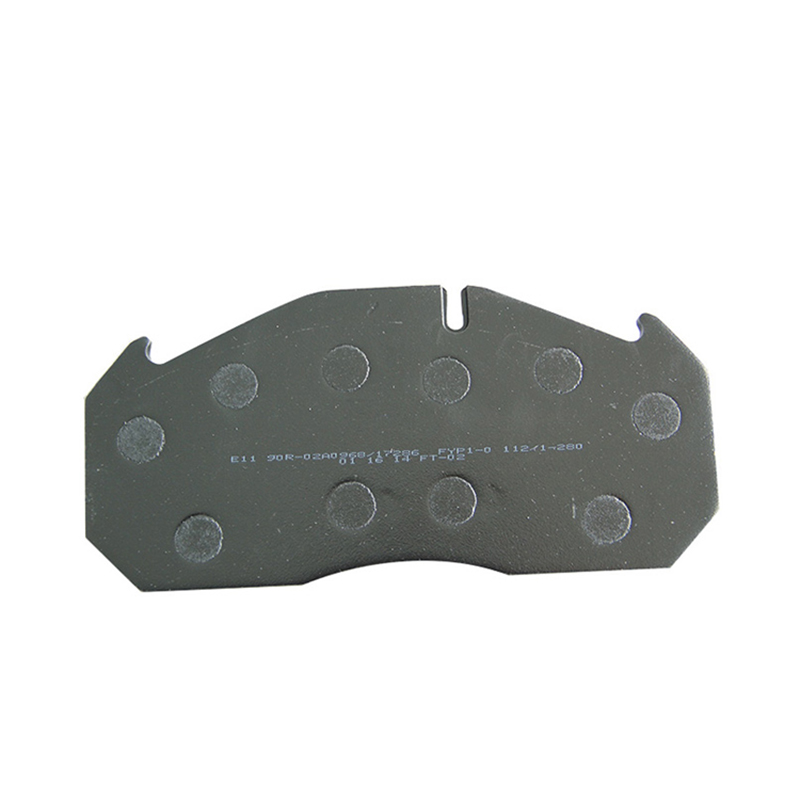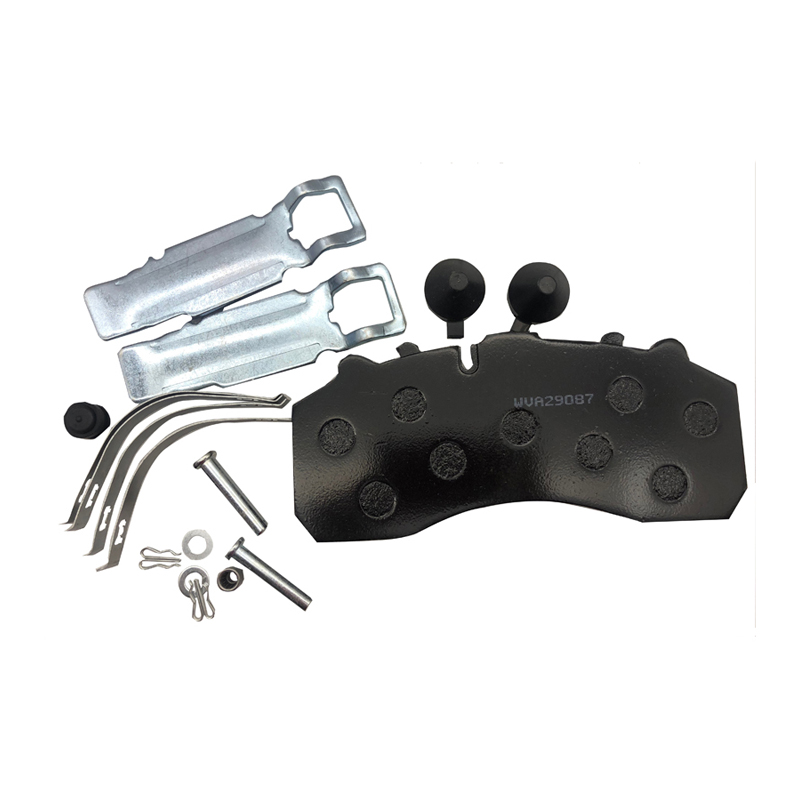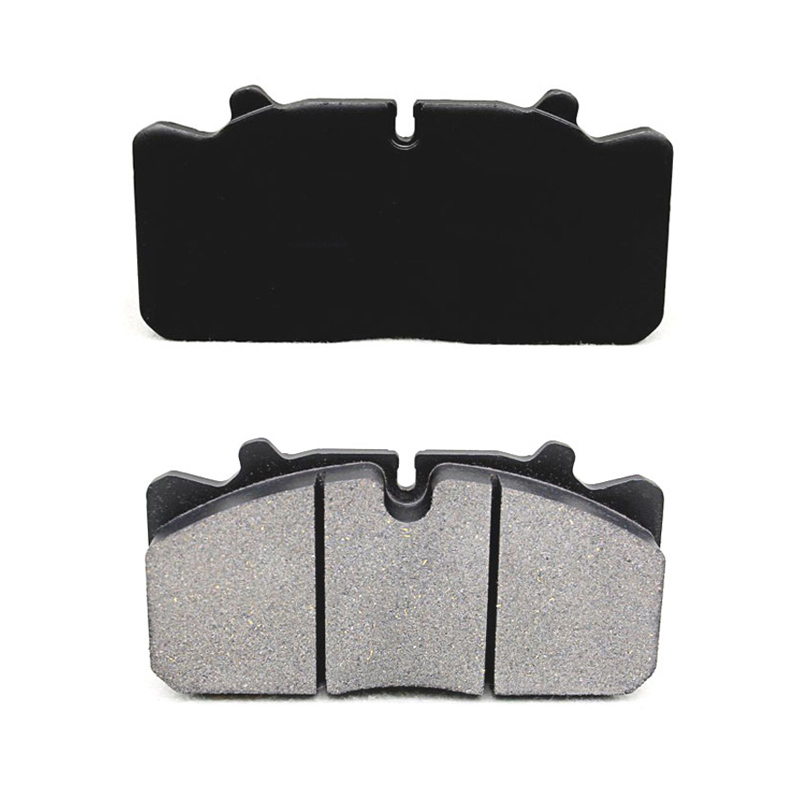Many moving parts go into a vehicle, each of which has its own job to do to make your car run smoothly and fluidly. One of the most important pieces that goes into a vehicle is the drive shaft, which transfers the turning power from the transmission to the differential. A malfunctioning or broken drive shaft can lead to a number of issues with your car that may be very dangerous for you and other drivers.

What is a Drive Shaft?
A drive shaft is the tube that connects your engine to the rear axle in a front-wheel drive vehicle, or the gearbox to the rear wheels in a rear-wheel drive vehicle. The function of the drive shaft is to transfer the turning power from the engine through a clutch to the differential or gearbox, and then from the differential or gearbox to the wheel assembly. The shaft also allows for some flexibility due to the deflection of joints that allow them to flex at different angles as you maneuver the vehicle around corners or on uneven roads.
Most drive shafts are made of steel, which is a very durable material that can handle the torsion and stress caused by the turning power. However, some drive shafts are also made of aluminum, composite materials or carbon fiber. The type of material that the driveshaft is made out of will have a significant effect on its weight and durability.
There are two basic types of drive shafts: torque tube and Hotchkiss. Both have their own advantages and disadvantages, but both are designed to perform the same basic function of transferring engine power to the wheels. Most modern vehicles use a torque tube drive shaft that is connected to the gearbox and then directly to the rear wheels. This design allows for more direct and efficient transfer of power to the wheels, and minimizes the loss of energy that can happen when a clutch is engaged.
On older vehicles, the driving force was transmitted through a gearbox and then to the wheels using a separate clutch. This allowed for more control of the wheels, especially during high-speed turns. While this method worked well enough, it required extra components that added to the overall complexity of the vehicle and increased the risk of failure. Drive shafts were introduced to solve this problem, and they are now an essential part of every vehicle.
Clunking Noises When You Turn or Accelerate
A clunking sound when you are driving is a common sign that the drive shaft in your vehicle needs to be replaced. These sounds are caused by metal-to-metal contact and can indicate that the u-joints, couplings or bearings in the drive shaft have worn out. It is important to get this issue fixed as soon as possible because the vibrations from a bad or failing drive shaft can cause unbalance and damage other essential mechanisms in your vehicle.
Another early indicator of a failed drive shaft is an intense vibrating sensation felt underneath your car when accelerating. This is typically caused by a worn out u-joint, coupling or bearing that has not been properly lubricated. These problems can be corrected by a certified technician.

